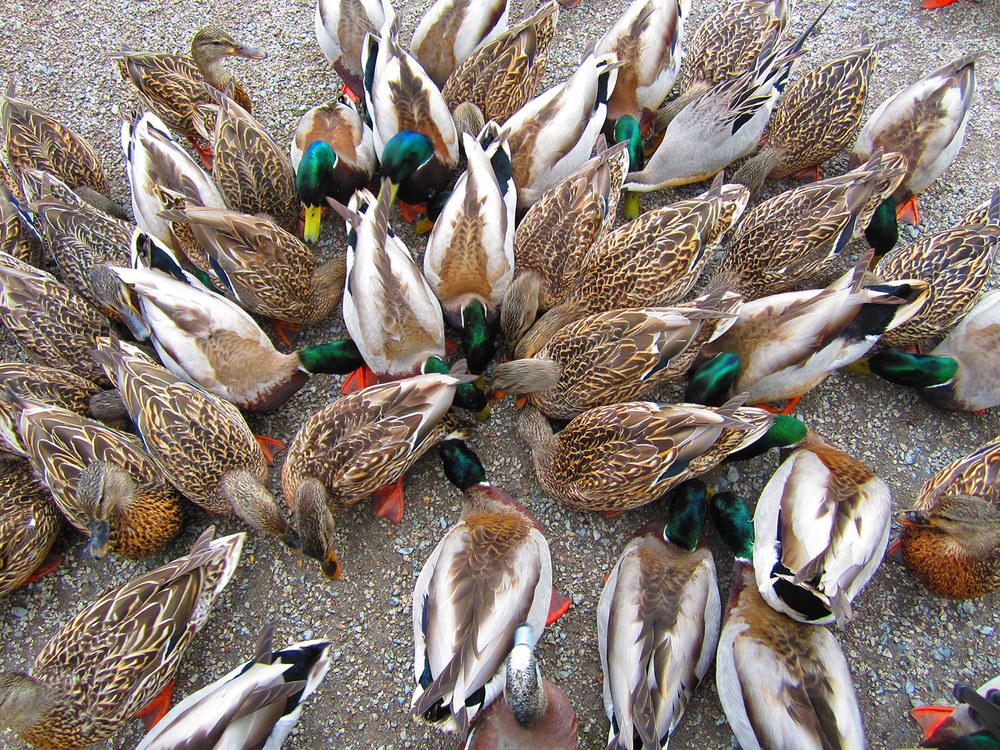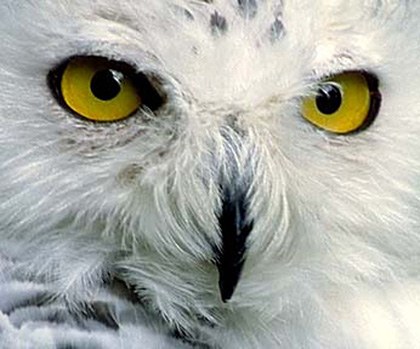
Sunny Walter was a dedicated Mountaineers member and passionate photographer, with a keen interest in the natural world. When she was Chair of our Seattle Photography Committee, she compiled a list of the best places and times to capture nature in Washington.
Winter
All Winter
What: Driftwood, lighthouses, ocean scenery, sunsets, golden-crowned kinglet
Where: Cape Disappointment State Park; Ledbetter State Park
December-February
What: Mule deer, whitetail deer, mountain scenery, eagles
Where: Lake Chelan to Stehekin; The Methow Valley, specifically Winthrop and along the Methow River
Early january
What: Bald eagles
Where: Hwy 20 from Rockport to Marblemount; Upper Skagit River
January-February
What: Rocky Mountain elk, bighorn sheep
Where: West of Naches – Oak Creek Wildlife Area
February
What: Snow geese, trumpeter swans
Where: Fir Island; Mt Vernon and the Johnson DeBay Slough
Spring
Late March-Early April
What: Sandhill cranes, burrowing owls, swans (March), yellow-head blackbirds (April)
Where: Othello area
Mid-APRIL
What: Avocets, stilts, herons, cormorants, egrets
Where: South of I-90 and west of Moses Lake – Frenchman Hills Road; North Potholes Wildlife Area
April-May
What: Balsamroot, cactus, geology, birds
Where: Northeast of Quincy – Beezley Hills
Late April-Early May
What: Shorebirds, terns, redknots
Where: West & south of Aberdeen – Bowman Basin, Bottle Beach
Early to Mid-May
What: Poppies, Orcas
Where: San Juan Islands
May-June
What: Basalt cliffs, lakes, yellow-head blackbirds, common yellow throat, balsamroot, bullocks orioles, lupine, lake scenery, swallows, deer, wildflowers, waterfalls, mule deer, ground squirrels, bluebirds, swallows, wildflowers (around lake)
Where: Southwest of Quincy – Quincy Wildlife Area; Coulee City – Hwy 2 – Ankeny, WA; West on Hwy 2 – Jameson Lake; South of Coulee City – waterfalls; South of Cheney – Turnbull National Wildlife Refuge
Mid-May to early June
What: Bluebirds, balsam & bitterroot, lizards, nuthatches
Where: South of Ellensburg – Umtanum Road, Observatory, Wenas camping area
Late May
What: Molson museum, redhead ducks, osprey, yellow-head blackbirds, killdeer, wildflowers, chipmunks, loons
Where: East of Oroville; Molson & Sidley Lakes; East of Molson – Oroville-Toroda Road; Chesaw Wildlife Area; Beaver Lake
LATE MAY-Early June
What: Rolling hills, wildflowers, canola, barns
Where: Steptoe Butte; Kamiak Butte; Palouse countryside
Summer
All Summer (at low tide)
What: Tide pools, seastars, seastacks
Where: West of Forks; Rialto, LaPush – 2nd Beach, 1st Beach
JUNE
What: Cliffs, deer, loons, eagles, baby birds
Where: South of Republic – Sampoil Valley; Scatter Creek Road – Swan, Ferry, Long Lakes (access by Keller Ferry from south)
JUNE-July
What: Lavender, gardens, osprey, cormorants
Where: East side of Pend Oreille River; Sequim Lavender Festival (July); Hwy 20 – Usk
Mid-JULY
What: Wildflowers, waterfalls, mountain scenery, marmots, Pika
Where: Mt. Rainier – Spray Park, Berkeley Park (Paradise and Sunrise trails)
AUGUST
What: Murres, other seabirds, brown pelicans, small forest animals (martin, badger), bison, sunrise, sunsets, baby western toads
Where: Ocean Shores – North Jetty and wildlife area on east side; North of Eatonville – Northwest Trek; South of Randle (Hwy 12) – Mount St. Helens (east side)
MID to Late August
What: Wildflowers, deer, marmots
Where: South of Port Angeles – Hurricane Ridge
Fall
Early September (low tide)
What: Arches, tide pools, seastars, deer, sunsets, glow
Where: South of Neah Bay – Shi Shi Beach, Point of Arches
Late August-early September
What: Shorebird migration – avocet, egrets, herons, cormorants, American white pelicans
Where: North and west of Moses Lake – Soap Lake; North Potholes Wildlife Area; Potholes Reservoir
LATE SEPTEMBER
What: Mosses, elk in rut, mergansers, mushrooms
Where: South of Forks – Hoh Rain Forest
Early October
What: Golden larches, raptors, squirrels, snow & mountain scenery
Where: Northwest of Mazama – Harts Pass
Early to mid-October
What: Fall color, rivers, mule deer, bighorn sheep, Moose, Gardner Cave
Where: West of Curlew – Kettle River Road (and north of Oroville on Hwy 97 to Vaseaux Lake; Northeast of Colville – Big Meadow Lake; Ione – North of Metaline; All along the Pend Oreille River; Hwy 20 near Tiger
Download a printable version of this list to take out with you on the trails. Sunny also shared a list of the top places in the Seattle area to photograph nature. You can download it from Anita Elder's website.
Thanks Sunny!
Sunny passed away in February 2010 and is remembered as a committed, highly dedicated volunteer. She held committee meetings at her house, often covering issues of conservation and wildlife while sharing photographs at the monthly potlucks.
Sunny is a Basic Climbing Course graduate (1984) and she started the Basic Nature Photography course and the professional speakers lecture series. She introduced the slide shows potlucks and taught her fellow members about transitions and blending photographs together. She is credited with guiding the photography committee to its current structure and organization.

Photo by Sunny Walter.
Sunny inspired a generation of Mountaineers photographers to be better, and we are grateful to her for introducing so many people to the club. She was also a member of the Boeing Photography Club and the Eastside Audubon Society. Learn more about Sunny in her book, Washington Nature Weekends.
 The Mountaineers
The Mountaineers